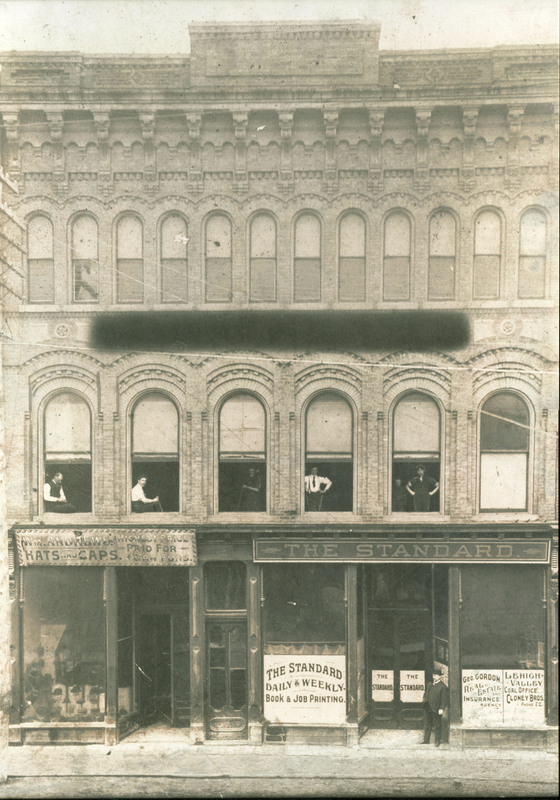Exploring the Abandoned Home of the St. Catharines Standard
The Building That Once Printed a City’s News
You step into the apartment-sized front doors at 23 Queen Street in downtown St. Catharines, Ontario. You feel the weight of a hundred years of news-print history pressing in. This was once the headquarters of the St. Catharines Standard, the daily newspaper that recorded the life of the city and the Niagara region for over a century.
The building you enter is more than bricks and mortar. It is a gateway to vanished deadlines, ink-stained floors and the thunderous hum of printing presses. You will walk through lobby halls lined with framed front pages, up warped stairs into forgotten offices, and onto the press floor where the giant machine that produced the city’s news once stood.
A Brief History of the St. Catharines Standard
The St. Catharines Standard was founded in 1891 by William Bartlett Burgoyne, who purchased the paper for just one dollar the following year. By 1898, the newspaper had moved into a three-storey brick building on Queen Street, where it would continue to expand as both circulation and staff grew.
In 1928, a major addition was constructed at 23 Queen Street to house the newspaper’s massive printing press and operations department. Another expansion came in the early 1950s, when a new Goss press was installed and the north wing was added to accommodate it. For decades, this site became a local landmark, employing hundreds of reporters, editors, press operators, and drivers.
The presses ran day and night, producing headlines that captured world events, national milestones, and local news. From the assassination of JFK to the sinking of the Titanic, historic front pages that once rolled off these presses remain frozen on the walls today.
By the mid-1990s, operations began to move elsewhere, and in 1996 the printing press was relocated to Hamilton. Not long after, the newsroom and offices followed, leaving the Queen Street building vacant for the first time in its history.

The Forgotten Architecture
When you step inside today, the first thing that hits you is the silence. The main press floor is stripped bare. Warped wooden planks creak beneath your feet. In the ceiling, gaping holes reveal open sky where the roof has collapsed. It’s clear the printing press was lifted out piece by piece by crane, leaving behind a cavernous space that once vibrated with life.
On the upper levels, I found something unexpected. What looked like plain offices and boardrooms were hiding a secret above the drop-ceiling panels — an ornate plaster ceiling, with decorative mouldings and remnants of old theatre lighting. It appeared that this part of the building once served as a performance or assembly space before being converted to offices during later renovations.
This strange contrast between utilitarian office layouts and hidden grandeur gives the building an almost surreal feeling. It’s a reminder of how structures evolve, layer by layer, over time.
My Experience Exploring the Abandoned Standard
When I first entered, I was shocked by the extent of decay. The roof was failing, the walls were cracked, and the floors had warped so badly they bowed under pressure. Every sound echoed through the empty halls.
In the main lobby, the framed front pages drew me in. There were moments of triumph, tragedy, and history — the kinds of stories that once connected an entire city. Seeing them still hanging there felt both haunting and powerful, as if the building itself refused to forget its purpose.
The deeper I went, the more I could imagine the noise that once filled these halls — the clatter of typewriters, the ring of phones, the thunder of presses. Today, only the hum of the wind and dripping water remain.
What saddened me most was realizing how fast this transformation happened. A place that once employed dozens of people, that printed every major story for miles around, now stands stripped of its heart. The giant press that once shook the floor is gone. The offices are falling apart. The ceilings hide beauty no one sees.
